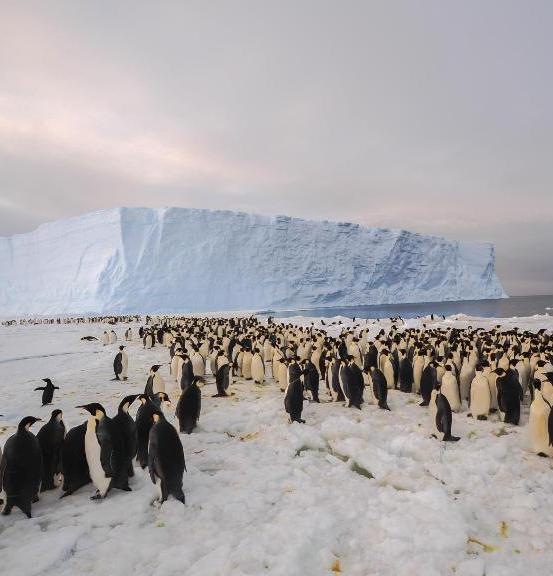
Last refuge: Study finds how penguins hid from ice age for thousands of years
A climate change study has located what was likely to have been the refuge for one of only three populations of emperor penguins which survived the last ice age. The Ross Sea in Antarctica is thought to have been a shelter for emperor penguins for thousands of years during the last ice age, about 19,500 to 16,000 years ago, when much of the rest of Antarctica was uninhabitable due to the amount of ice. The findings, published in the journal Global Change Biology, suggest that while current climate conditions may be optimal for emperor penguins, conditions in the past were too extreme for large populations to survive.
It is interesting that the Ross Sea emerges as a distinct population and a refuge for the species. It adds to the argument that the Ross Sea might need special protection.
Dr Tom Hart, from the University of Oxford
A team of researchers, led by scientists from the universities of Southampton, Oxford, Tasmania and the Australian Antarctic Division, and supported in Antarctica by Adventure Network International, examined the genetic diversity of modern and ancient emperor penguin populations in Antarctica to estimate how they had been changing over time. But the team discovered that conditions were probably too harsh for emperor penguins during the last ice age and that the population was roughly seven times smaller than today and split up into three refugial populations. Gemma Clucas, a PhD student from Ocean and Earth Science at the University of Southampton said: “The three populations that did manage to survive may have done so by breeding near to polynyas - areas of ocean that are kept free of sea ice by wind and currents.”

Odd News penguins survived